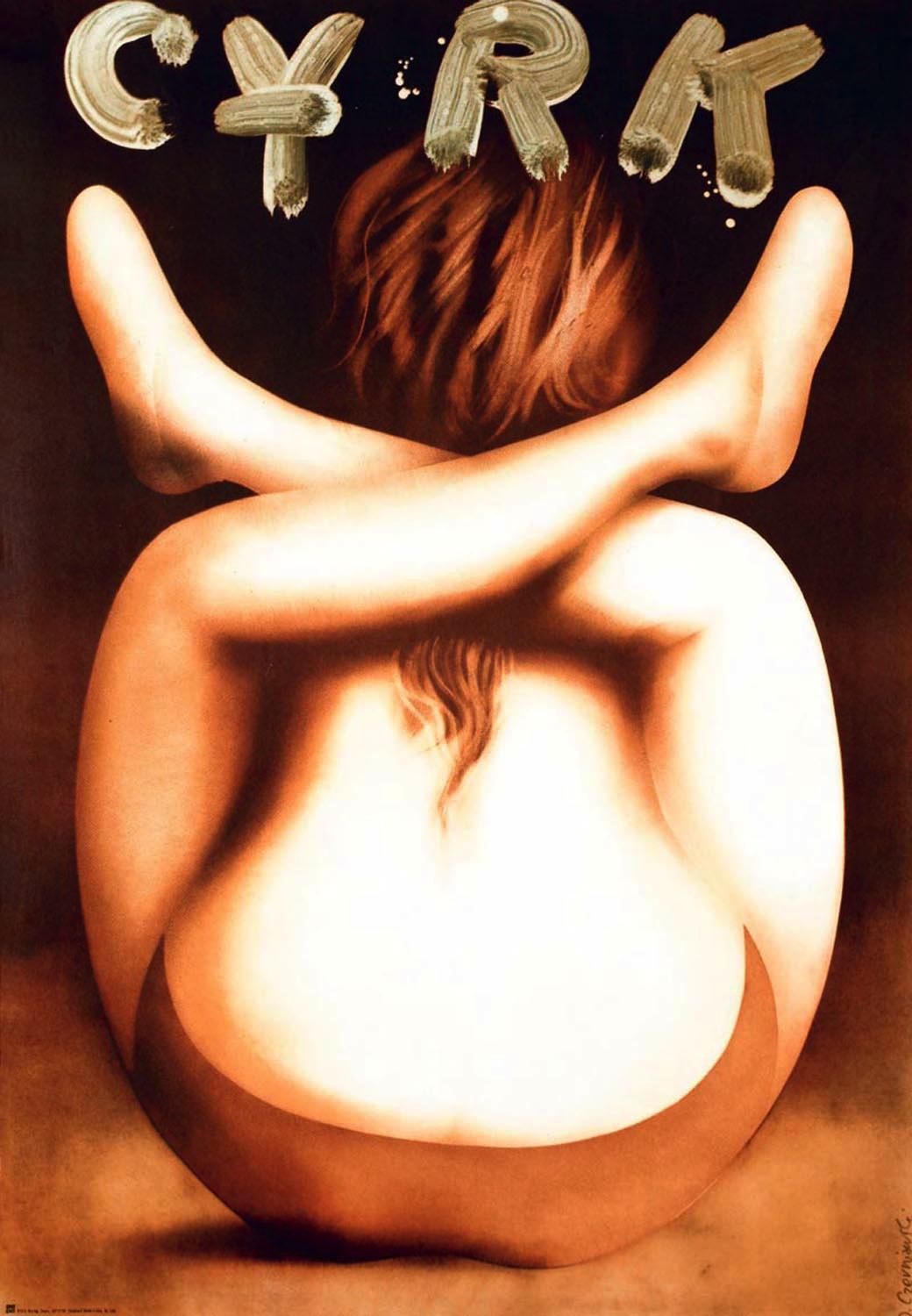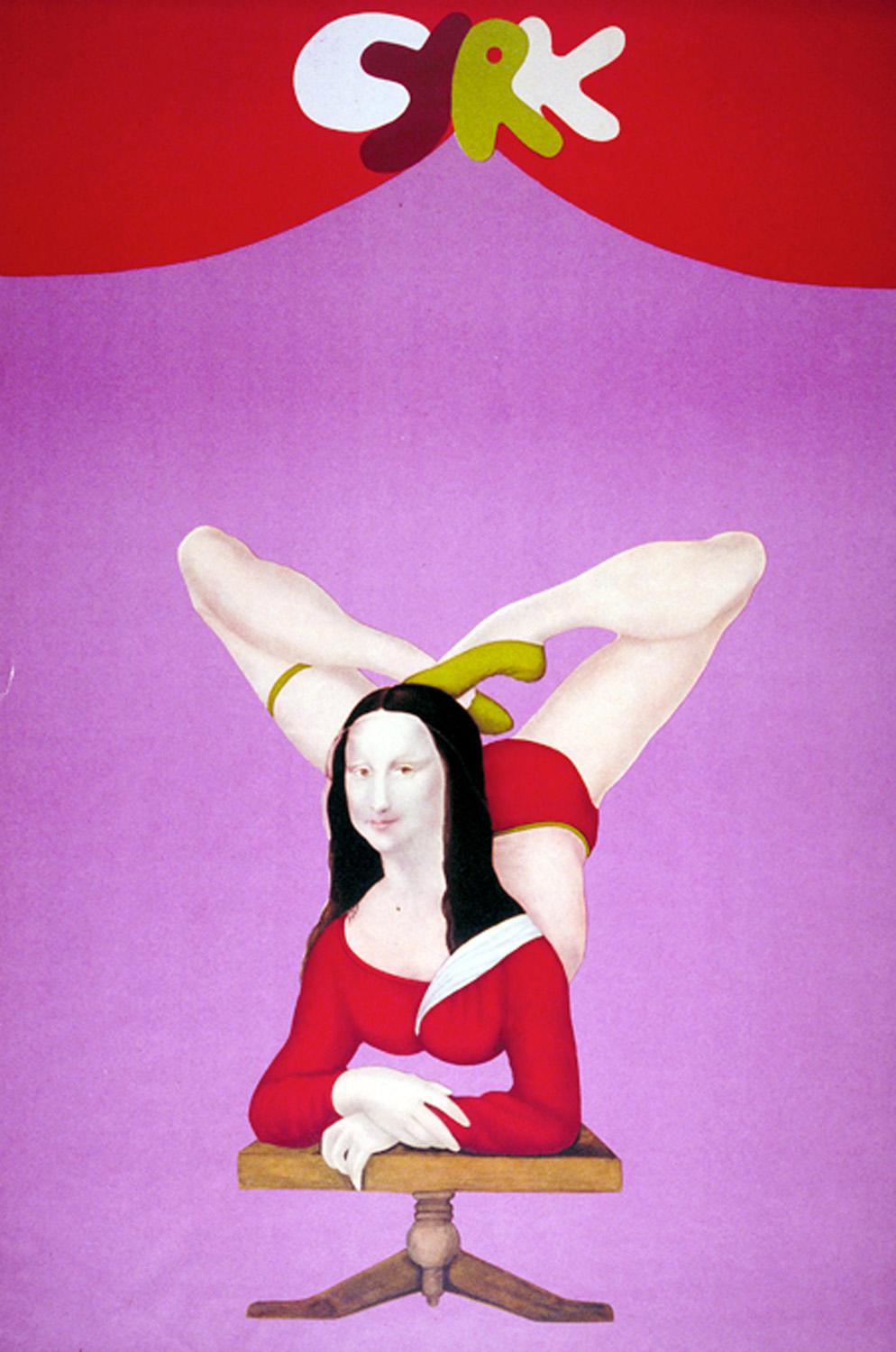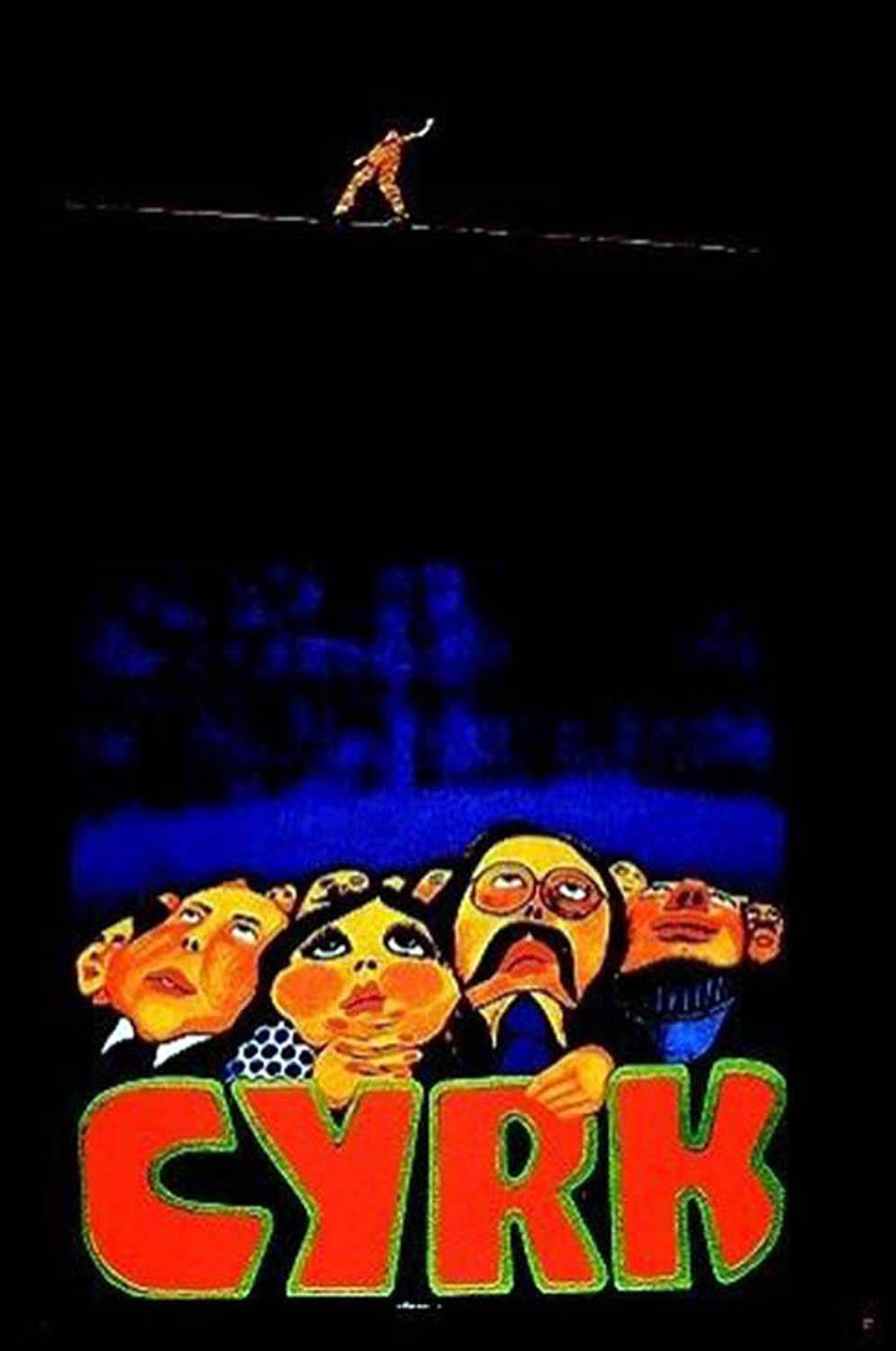The Vault is Slate’s history blog. Like us on Facebook, follow us on Twitter @slatevault, and find us on Tumblr. Find out more about what this space is all about here.
These circus posters come from an unlikely flowering of artistic expression in Communist Poland. The visual style of the Polish School of Posters, funded and sponsored by state commissions, was characterized by vibrant colors, playful humor, hand-lettering, and a bold surrealism that rivaled anything similar artists in the West were doing at the time. Poland’s state-run circus began commissioning designers in 1962 in what Ylain Mayer, of New York’s Contemporary Posters, describes as a campaign to improve its image.
The Communist Party limited most propaganda posters to the strict aesthetic dictates of Soviet-style “socialist realism.” This meant idealized depictions of happy, rosy-cheeked Marxist workers and clear, unambiguous messages. Cultural posters, on the other hand, were allowed the creative freedom to use metaphors, allusions, abstract imagery, and fantastical surrealism. As a result, many of Poland’s most talented designers found themselves able to let their creativity run wild without risking the ire of Party censors by designing posters for films, theater, and the arts.
Maciej Urbanjec’s image of the Mona Lisa as an acrobat with her legs bent backward above her head (third image, below) exemplifies all of the hallmark qualities of the Polish School—bright colors, a cheeky playfulness, and a wry mix of high- and lowbrow imagery. Rather than advertising specific events, the “Cyrk” posters simply promoted the idea of the circus in general, and this approach made many of the best posters seem like advertisements for the concept of fun itself. Urbanjec’s poster became such a beloved image that it was memorialized on a Polish postage stamp in 2002.
Another star of the movement was Jan Sawka, whose poster depicting a tightrope walker above an audience with distorted faces (the fourth image, below) shows the more subtly countercultural side of the Polish School. Sawka’s work was more subversive than many of his peers’, and the antiauthoritarian streak of his designs eventually got him exiled. His psychedelic style found a home in America, where he had a long career that included creating stage designs for the Grateful Dead.
See more Polish circus posters on Circopedia, or on the Contemporary Posters website.

Image courtesy of Contemporary Posters, New York.

Image courtesy of Contemporary Posters, New York.

Image courtesy of Contemporary Posters, New York.

Image courtesy of Contemporary Posters, New York.

Image courtesy of Contemporary Posters, New York.